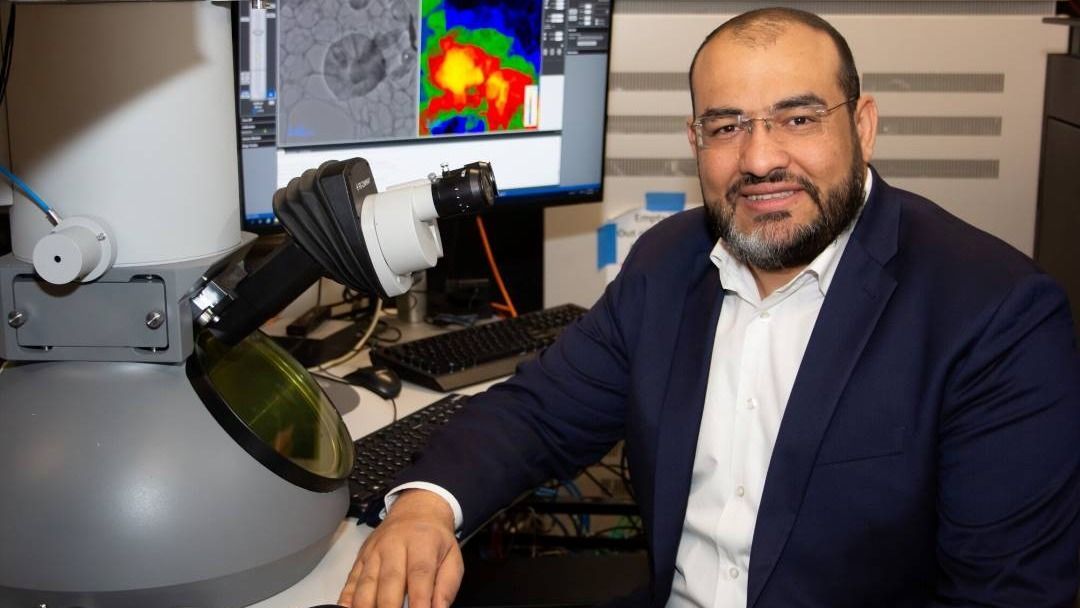How do microscopes see the movement of electrons?
“When you get the latest smartphone, it comes with a better camera than the previous one,” said Dr. Mohamed Hassan, associate professor of physics and optical sciences at the University of Arizona and lead author of the study. “The electron microscope we developed is like the very powerful camera in the latest smartphone, because it allows us to record things that we couldn’t see before — for example, electrons,” explains Dr. Hassan, explaining the importance of the new device. “We hope that with the help of the new microscope, the scientific community will be able to better understand the quantum physics behind the behavior and movement of electrons,” explains the lead author of the study.

Image: Arizona State University
This achievement builds on several decades of research in attosecond physics, for which three of its pioneers – Pierre Agostini, Anne Lhuillier and Hungarian Ferenc Krausz – were awarded the Nobel Prize in Physics last year. Despite years of work, this field of science is still considered very new, which is why it has a lot of potential. “We are at the beginning, which is why we can only talk about fundamental research so far.”

Photo: MTI/Szilárd Koszticsák
“But the idea that we can start to control electrons and be able to measure the movement of electrons in a material, and maybe control that movement a little bit, could be very important for later controlling some chemical or maybe biological processes,” said Lhuillier Nobel, an award-winning professor. Elf flag Scientific portal.
How does attosecond microscopy improve research?
The revolutionary new electron microscopy observation method uses ultrashort light pulses – the basis of attosecond physics – together with an electron beam pulse. The precise synchronization of the pulses is what makes it possible to observe ultrafast processes at the atomic level. “Improving the time resolution of electron microscopes has been a long time coming, and related developments are the focus of many research groups, because we all want to see the movement of electrons,” says Dr. Mohamed Hassan.






